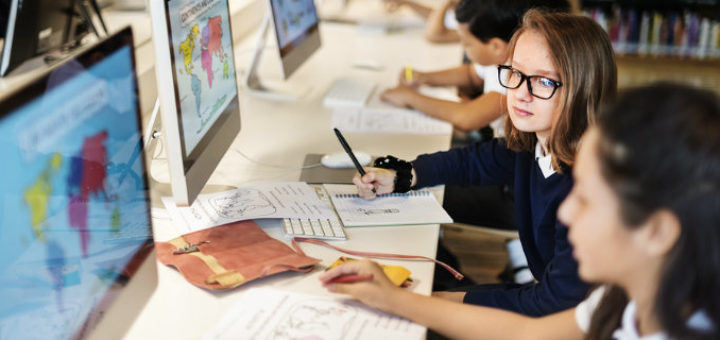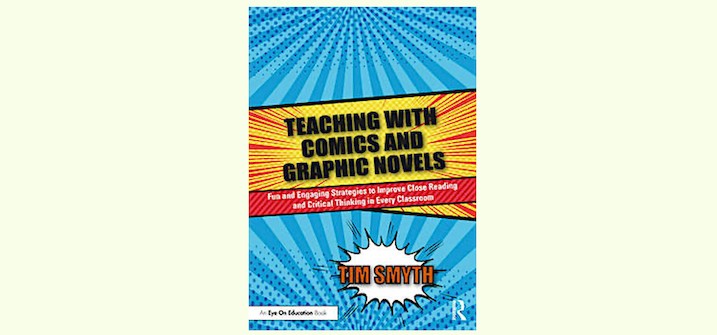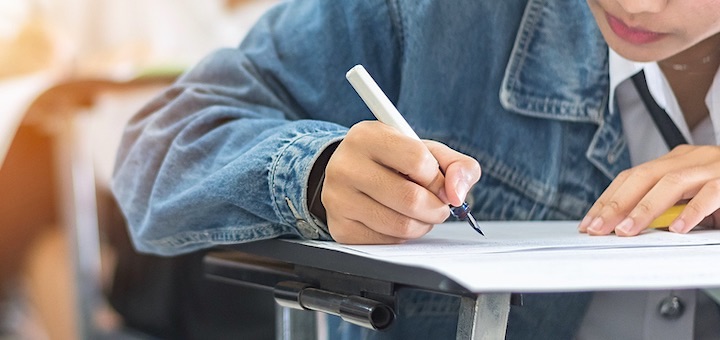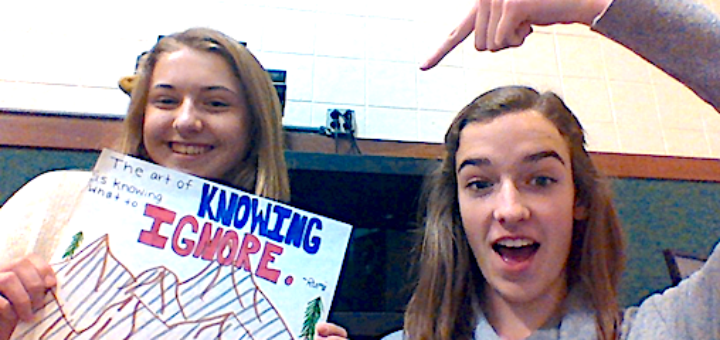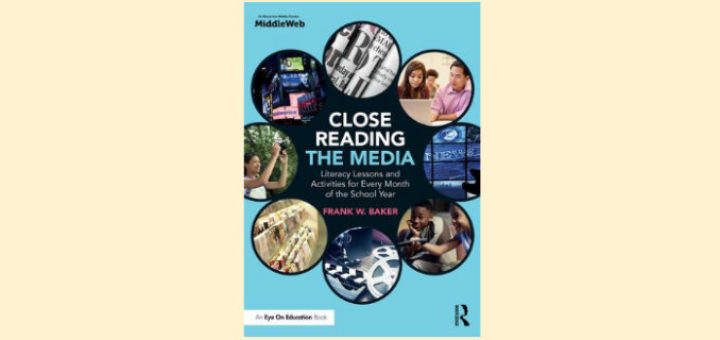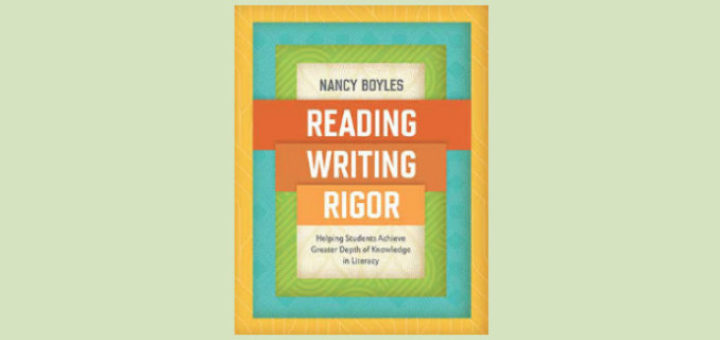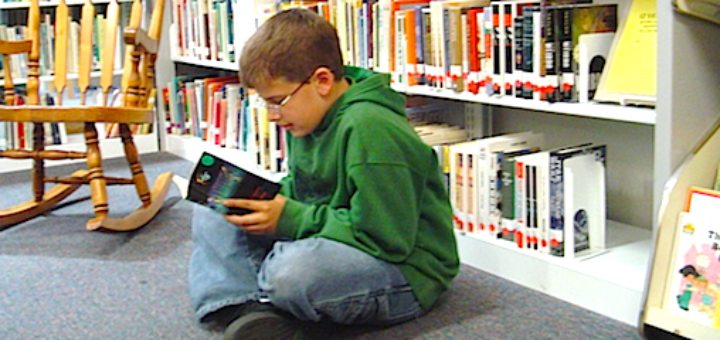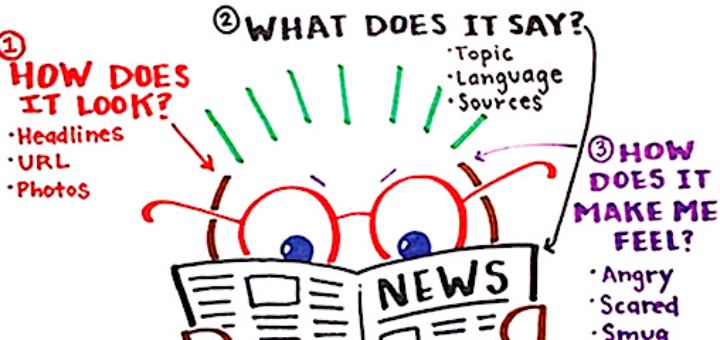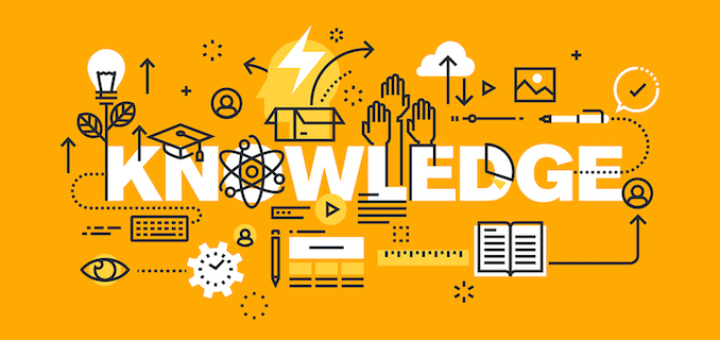Broaden Close Reading Beyond the Printed Page
Classrooms that teach a broad range of close reading skills are not only rich with texts but host a wide range of types of texts, from traditional to digital to hyperlinked to hybrid, writes ELA teacher Jason DeHart. Critical student thinking needs to occur in all these spaces.

